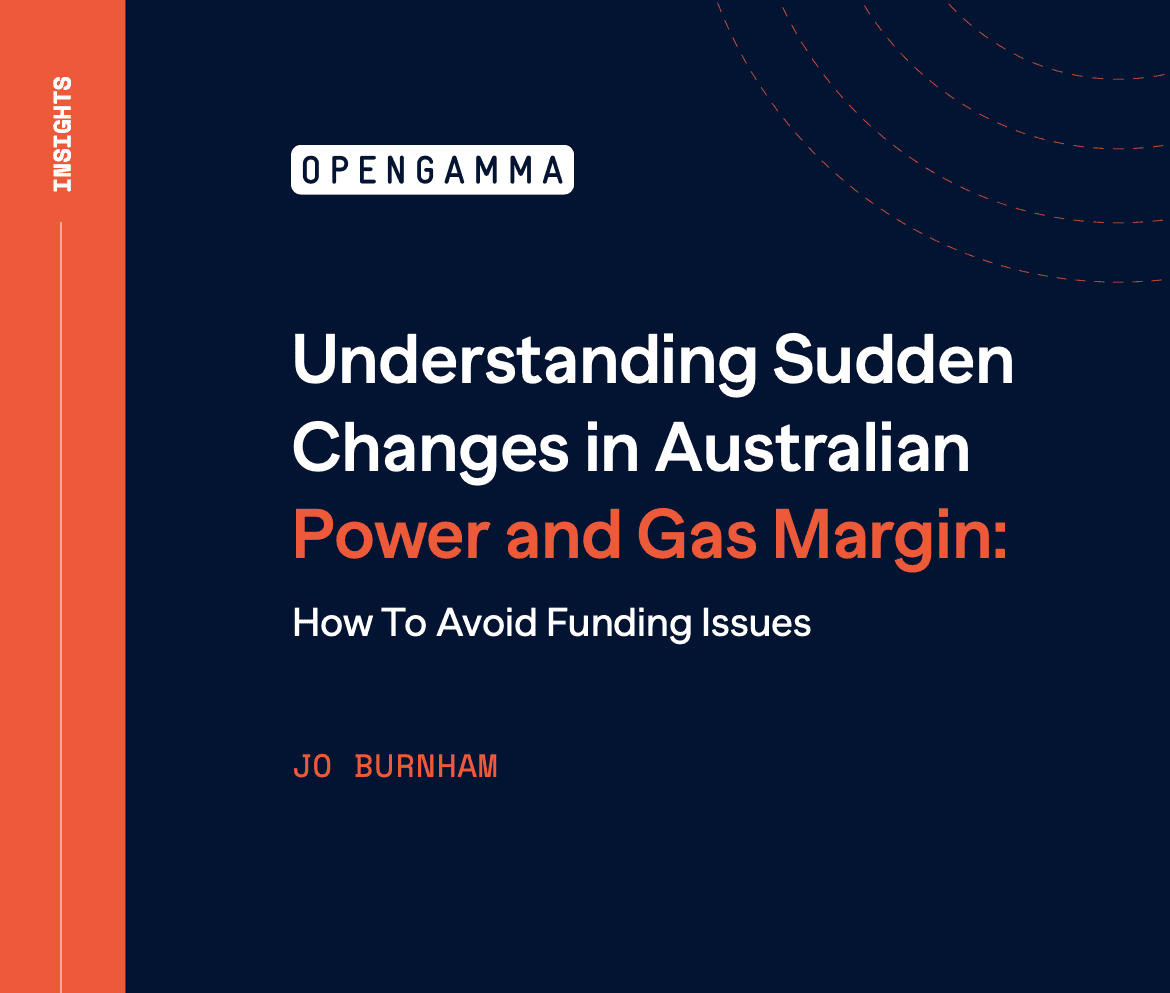Changes To Forecasting Australian Gas and Power Margin Requirements
Despite parameters being published and overviews of the algorithms being available, it can still be difficult to forecast margin changes and predict funding requirements. This is a particular issue for Commodity Trading Firms, where sudden changes in margin requirements that they weren’t expecting seem to be a regular occurrence.
The Australian markets currently use SPAN as their initial margin methodology. However this could change in the relatively near future as all CCPs are considering moving to VaR (Value at Risk) based algorithms, beginning with the CME later this year. The bad news is that this won’t change the unpredictable nature of commodity margin. Actually, it will become harder to forecast initial margin requirements because of the additional complexity that VaR adds. This is likely to present an even greater challenge for Treasurers as they try to forecast their future liquidity margin requirements.
Changing Margin Rates
In the first chapter of the Ebook, we take a look at margin rates in terms of how they are set and the timing of margin changes. Furthermore, we also describe tiered margining and provide examples as to how margin can change based on expiry.
How Margin Rates Are Set
As mentioned previously, we take the time to describe how margin rates are set. Describing the typical process and how CCPs use the same methodology to set their margin parameters, calibrating their SPAN parameters based on VaR.
Tiered Margining
We describe how margin rate setting is a set of tiered margin rates, and how tier margining can impact contracts and change them over time. The following sections afterwards, provide some examples of how margin can change based on expiry. This includes, Scanning Range, Intercommodity Spreads and Offsets.
Timing Of Margin Changes
The majority of these sudden changes in margin can be predicted. Here we will show how these changes will happen based on specific events or days of the month.
Things That May Affect Your Margin In Surprising Ways
In this chapter, we detail the various factors that can affect Australian margin requirements, and how they affect margin.
Cascading Contracts
Gas and power contracts are often subject to cascading, the process by which larger contracts such as yearly are broken down into their smaller constituent parts. This process often results in spikes in margin requirements.
Expiring Positions
Contracts going to expiry change the offsets within a portfolio, resulting in increases in margin, whilst delivery or spot margin is an additional requirement that needs to be considered.
Rolling Positions
Rolling contracts at the wrong time can create large increases in margin.
Margin Is Not What Is Expected
Published margin rates are often for a “standard” size contract, but for many commodity contracts such as monthly contracts this is not the margin that is actually charged.
Spread Contracts
For spread contracts, these are often broken down into their constituent parts before calculating initial margin, meaning that often you can see margin calculated for products that are not part of the portfolio.
Relative Margin Rules
For some markets margins are defined as a percentage of the commodity price rather than as a fixed value. Therefore margin will change as settlement prices change.
Liquidity Charge
Some algorithms contain a liquidity charge. Other CCPs charge this on a more adhoc basis. Whichever approach is taken, these charges can have an unpredictable impact on margin requirements.
The Move From SPAN To VaR
In the last chapter, we take a look at the impact on Australian power and gas margin, as CCPs are considering changes to the way that they calculate initial margin.
SPAN is no longer fit for purpose given the increasingly complex nature of the commodity products. CME is intending to move to SPAN 2 (a VaR based methodology) for commodity products in 2023. LME and ICE are among the CCPs who are planning to implement their own VaR based methodologies shortly afterwards.
Unlike the current environment where the majority of markets use SPAN to calculate initial margin, going forward it is likely that every market will have its own bespoke algorithm.
Download Our Ebook To Learn The Changes With Australian Power and Gas Margin Rates
This blog is just a small glimpse into our Ebook. Our Ebook provides a comprehensive guide on the changes that are affecting Australian Power and Gas margin, and how the impact of Span to VaR will have on forecasting Australian margin requirements.
Moreover, we invite you to delve into our collection of Ebooks. Explore a wide selection of blogs on our insights page, such as our “SPAN vs VaR – The pros and cons of moving now” blog. Additionally, learn more about OpenGamma by watching our demo and taking a look at our product and solutions pages.

